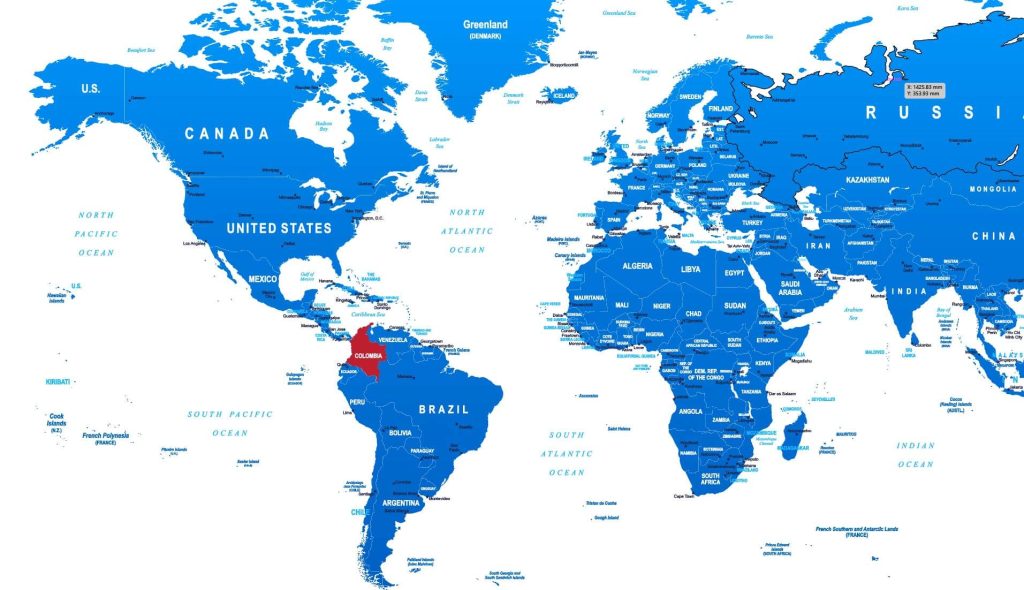This Medellin is located in the Aburrá Valley, right in the heart of the Andes mountains in northwestern Colombia. It sits at an elevation of around 1,500 meters above sea level, which gives it a pretty fantastic year-round climate – we’re talking warm days and cool nights, perfect for exploring or just kicking back.
Medellín is the capital of the department of Antioquia, a region that spans from green mountain forests to charming colonial towns along winding rivers. But the city itself is the real star. It’s located smack in the middle of the country, about equidistant from major cities like Bogotá, Cali, and Cartagena. Make it very convenient to travel to other cities with around 30-45 min flights.
Now, getting into the nitty-gritty geography details, Medellín’s coordinates put it at around 6°13′N 75°34′W. But what’s more important is that it’s a place you simply have to experience for yourself!
Known for their distinct culture and dialect, the people of Medellín are identify as “Paisas,” just as those from Bogotá are called “Rolos,” and those that are from the coastal regions such as Cartagena, Barranquilla etc.. are referred to as “Costeños.”
